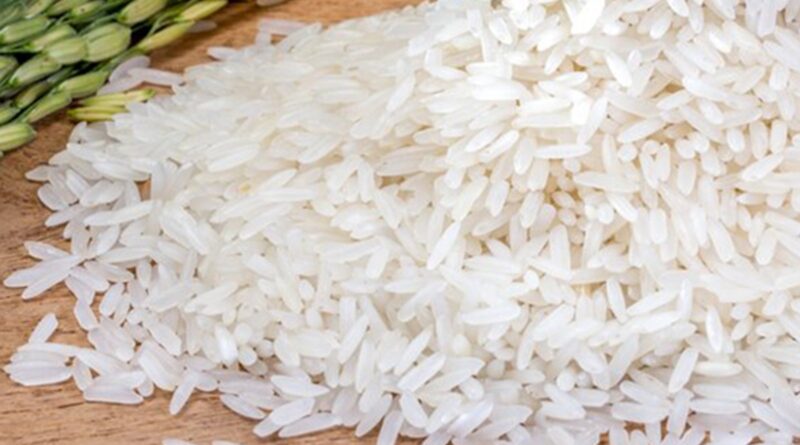Climate change puts India’s rice and wheat output at risk of 6-10% decline
By Md Zakariya Khan
India’s rice and wheat production is expected to decline by 6-10 per cent due to climate change, warned senior officials from the Ministry of Earth Sciences and India Meteorological Department. The projection, reported by the PTI, underscores growing concerns about food security in a country where millions rely on affordable grains.
In 2023-24, the country harvested 113.29 million tonnes of wheat and 137 million tonnes of rice for its 1.4 billion population, with 80 per cent depending on government-subsidised grains.
According to the report, global warming is weakening Western Disturbances including weather systems that bring winter rains to northwest India. This could lead to severe water shortages for billions living in the Himalayan region and surrounding plains, according to M Ravichandran, Secretary, Ministry of Earth Sciences.
Declining crop yields
Data from the National Innovations in Climate Resilient Agriculture (NICRA) predicts wheat yields may drop by 6-25 per cent by 2100, while irrigated rice yields could fall by 7 per cent by 2050 and 10 per cent by 2080. With over 80 per cent of India’s farmers owning less than two hectares of land, this poses a grave challenge to livelihoods.
Warmer oceans impact fishing
Furthermore, the rising sea temperatures are forcing fish to migrate to cooler, deeper waters, impacting coastal fishing communities. “This creates significant challenges for fishers, disrupting their earnings and livelihoods,” Ravichandran said.
Climate change is increasing the frequency of extreme weather events and reducing the lead time for predicting heavy rainfall. “The time to predict such events has decreased from three days to just one and a half days,” said Mrutyunjay Mohapatra, director general of the India Meteorological Department speaking to PTI.
Melting glaciers and Third Pole crisis
The melting of Himalayan glaciers is also worsening water scarcity. “Decreased snowfall and increased melting mean less water for over two billion people in India and China,” Ravichandran warned. The Himalayan and Hindukush mountain ranges, known as the Third Pole, provide water resources vital to one-seventh of the world’s population.
India’s average temperature has increased by 0.7-degree celsius since 1901. The year 2024 was the hottest on record, with the average minimum temperature 0.90-degree celsius above the long-term average. Experts emphasise the urgent need for climate action to safeguard the future.
This article has been republished from The Business Standard.

